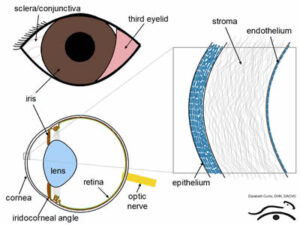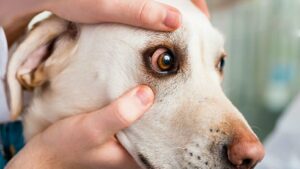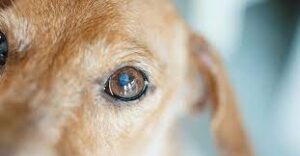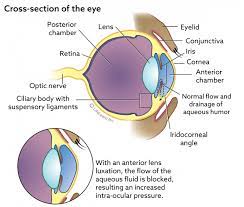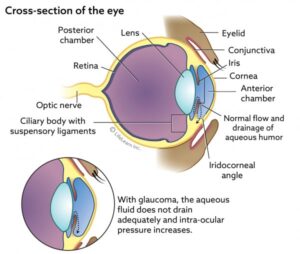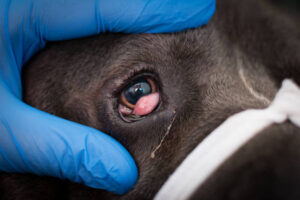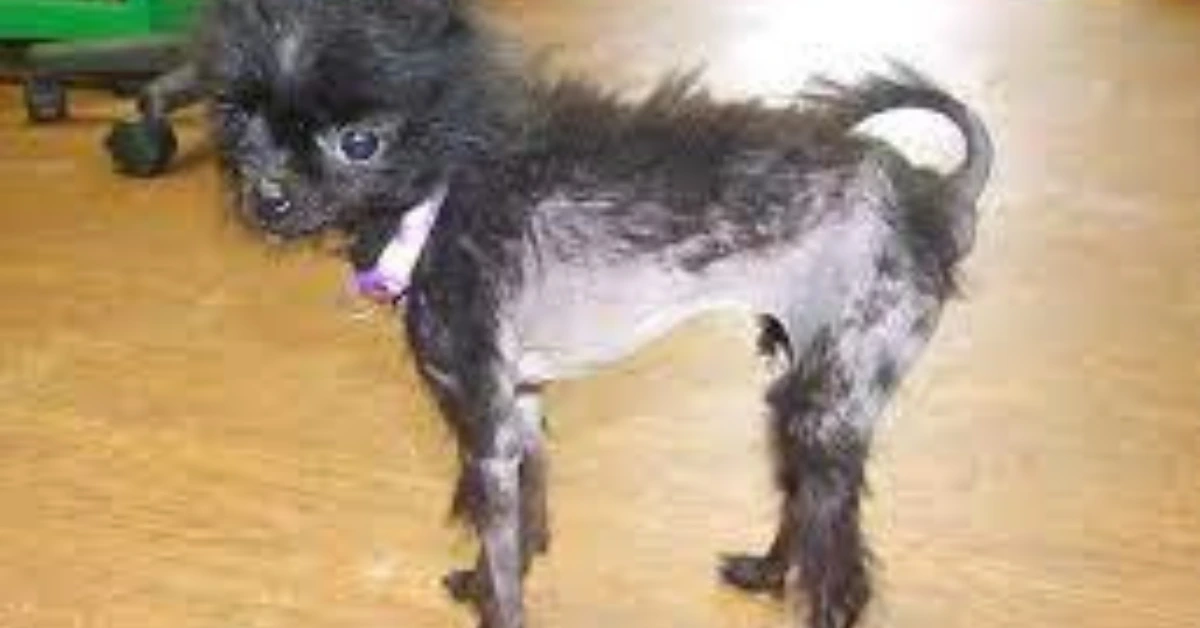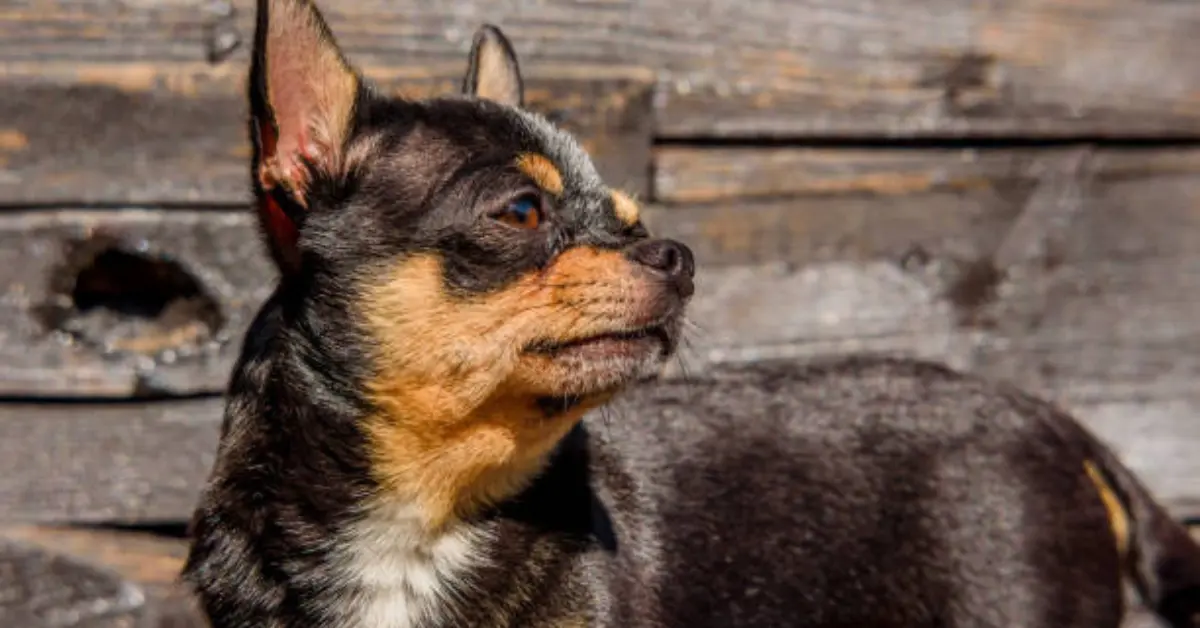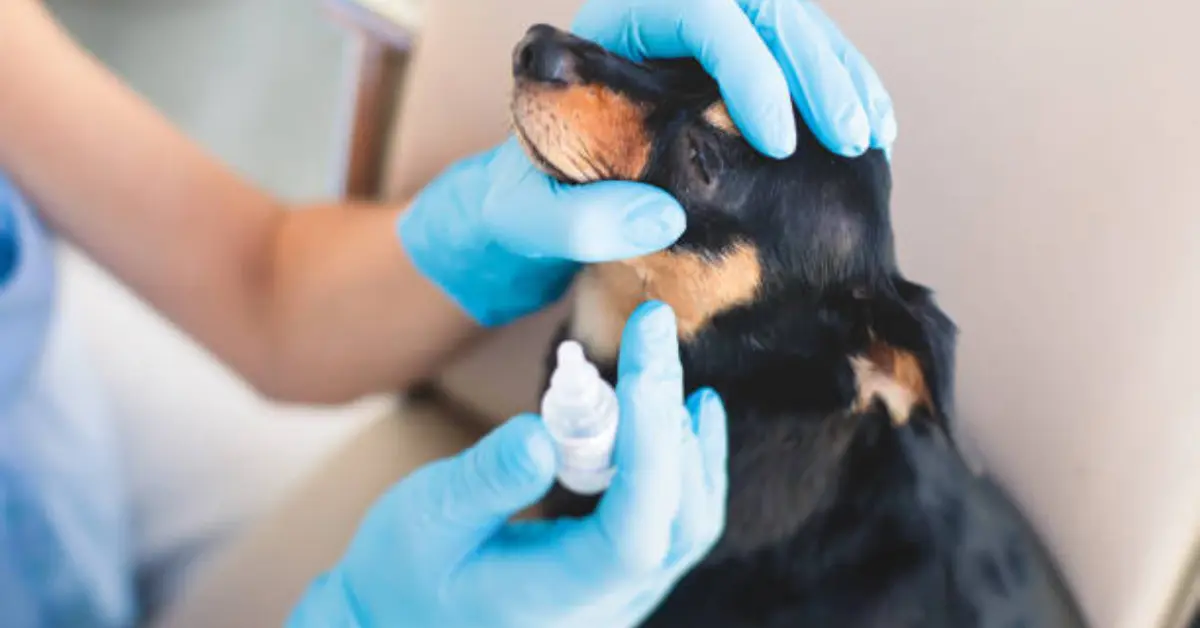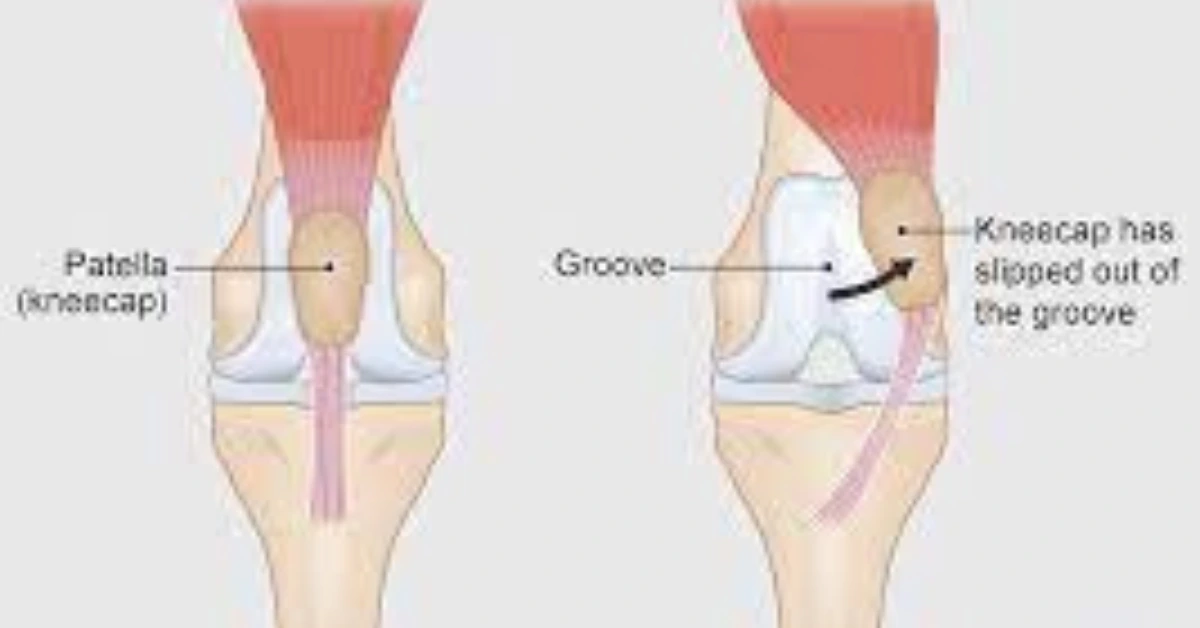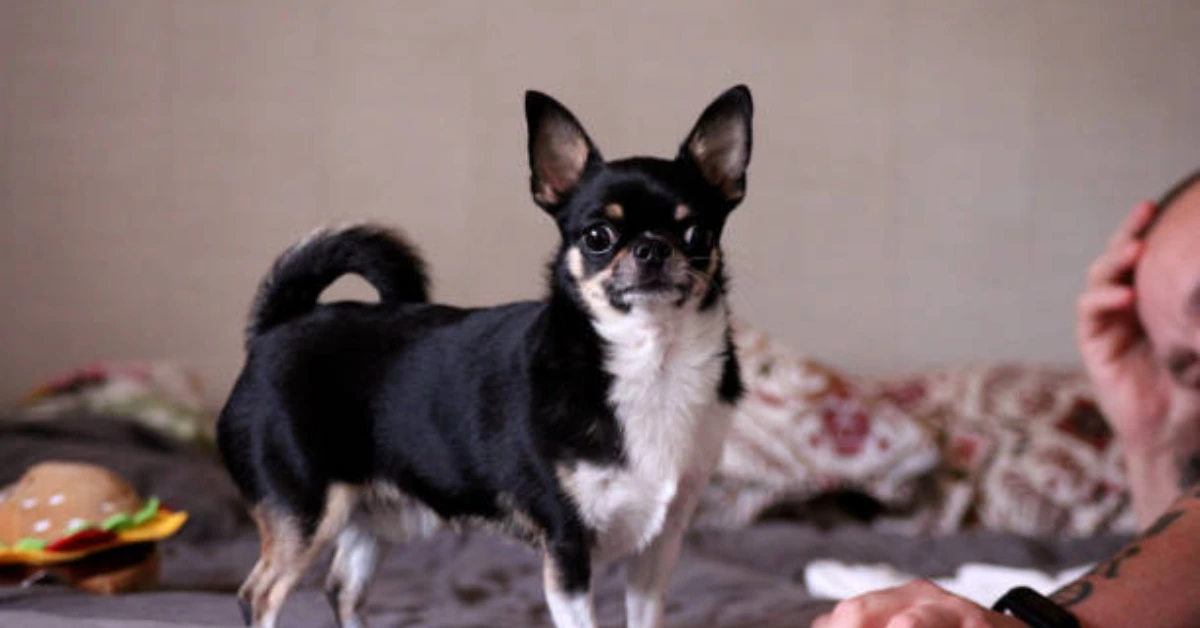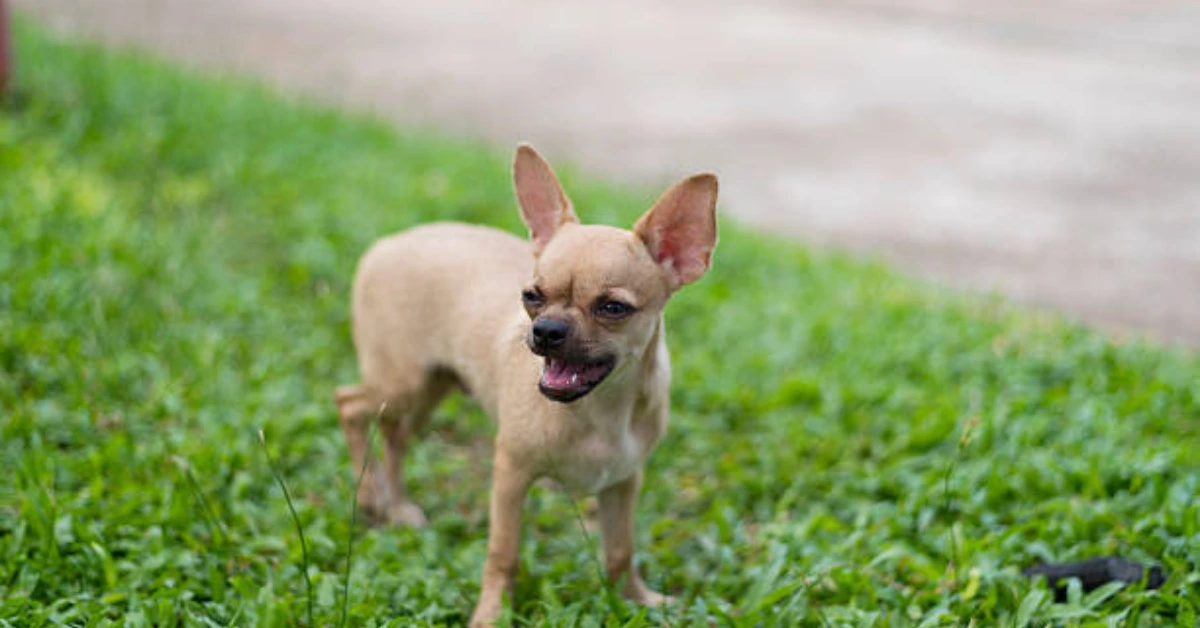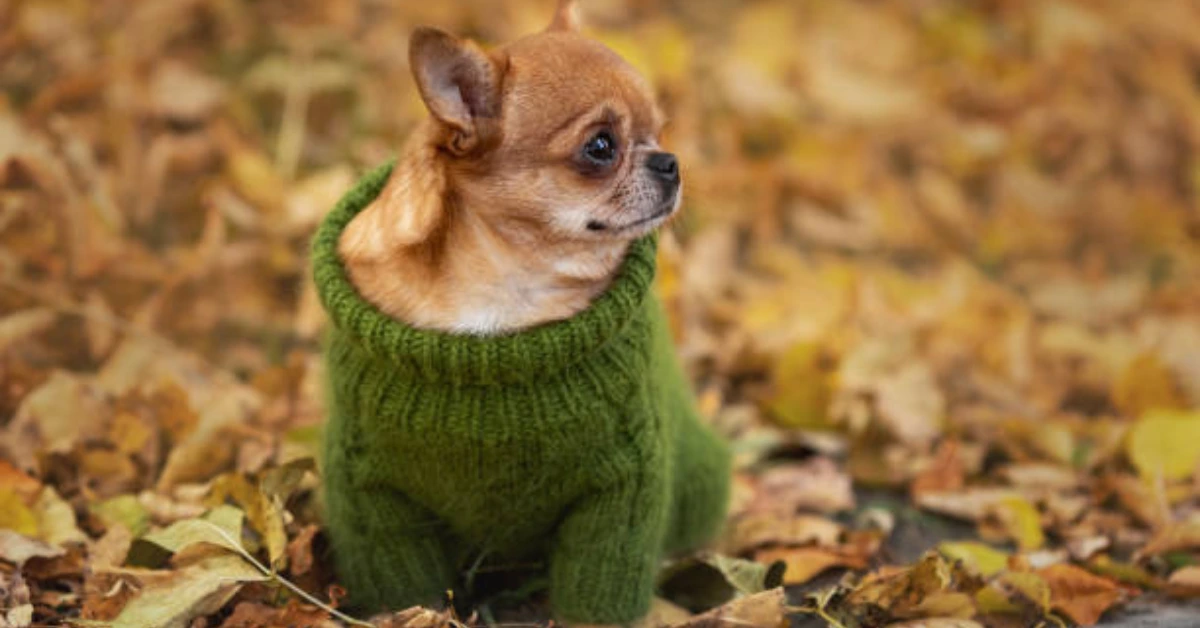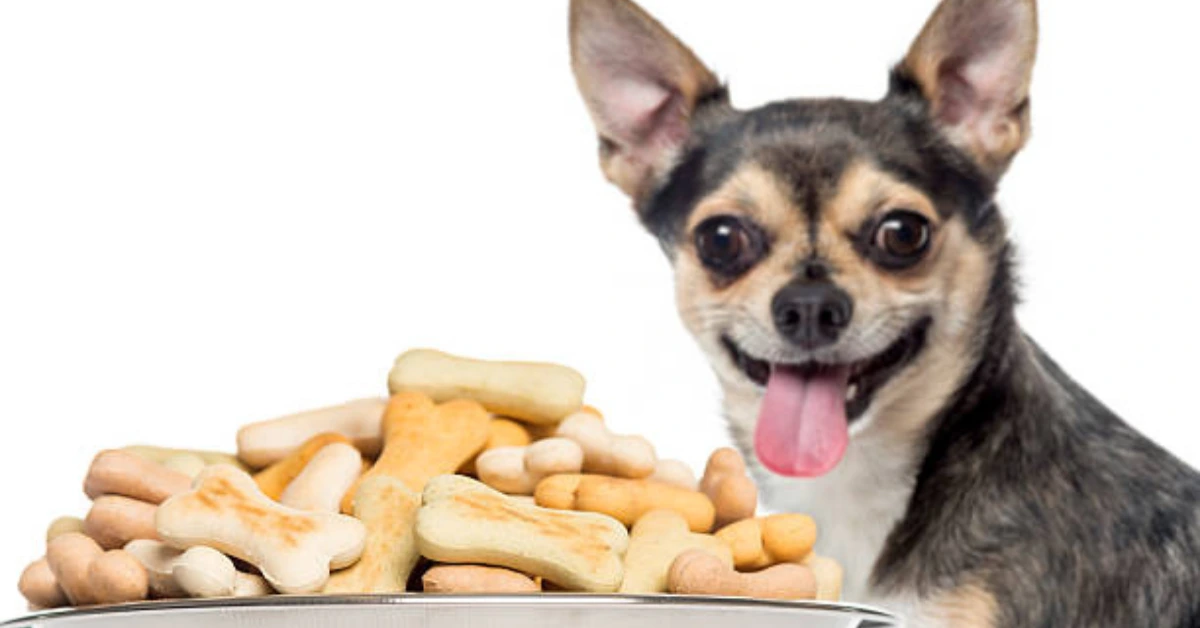Eye problems in Chihuahuas can be a major cause of worry. Even though chihuahuas are generally healthy dogs, their eyes stick out and they live close to the ground. This makes them more likely to get eye problems and infections. This article looks at the most common eye problems that Chihuahuas have, as well as what causes them and how to treat them.
The Main Eye Problems In Chihuahuas
Here are the main eye problems that a chihuahua may face throughout her/his life:
1. Corneal Endothelial Dystrophy
Corneal endothelial dystrophy is usually caused by a dog’s age or inflammation of the uvea (the middle layer of the eye). It happens when not enough fluid gets to the cornea (the outer layer of the eye), leaving it dry and giving it a bluish haze. This hazy color is usually the first sign that something is wrong, but if it gets worse, your Chihuahua may also have trouble seeing.
If your dog has this eye problem and the vet thinks he needs treatment, he will most likely be given a topical hyperosmotic agent that pulls fluid out of the eye and lowers intraocular pressure. In some cases, There will be no need for treatment. This is a condition that lasts a dog’s whole life, and Chihuahuas tend to have it the worst.
2. Dry Eyes (Kerato Conjunctivitis Sicca or KCS)
This is a common eye problem that happens when one or both eyes don’t make enough tears. Most Chihuahuas older than 6 years old have it, but this isn’t always the case. It could be caused by a genetic flaw, a virus, low thyroid function, or just getting older. Some of the signs are:
- If your chihuahua’s eyes look dull or red and irritated, you may have dry eyes.
- Constant blinking
- When the dog wakes up, his eyes are sticky and/or hard to blink.
- Green, thick discharge from the eyes
If your vet thinks your Chihuahua has dry eyes, he or she will probably give your dog eye drops to keep the eyes moist or medicine to make more tears. You can also use a warm washcloth to gently wipe your Chihuahua’s eyes several times a day, especially when they wake up. Even though dry eyes may not seem like a big deal, if they are not treated, they can cause permanent damage or even blindness if they are not.
3. Strange Object in Eye
This is the most common eye problem in Chihuahuas, along with dry eyes. This can be something as small as a dust particle, a grain of sand, or a blade of grass. There are a few ways you can tell if your Chihuahua has something in his eyes:
- Too much tearing
- Trying to scratch or rub the eye
- The dog was trying to rub his face on the ground.
- Eyelid or eyeball swelling
If the object is small, you might be able to flush it out of his eye with saline solution. If flushing doesn’t work, you need to go to the vet right away. They have the right training and tools to safely get the object out.
4. Corneal Ulcer
Corneal ulcers are common in all breeds of dogs and cats. They are usually caused by damage to the eye, like a scratch, a poke, a cut, an abrasion, or by something stuck in the eye. Most ulcers only affect the top layer of the cornea, which is why they are called “superficial.” Ulcers that go deeper and touch other layers of the cornea are worse. A corneal ulcer has these signs:
- Runny eyes
- There is a film over the eye, the eye looks red and swollen, or there is discharge from the eye.
- Your pet might try to close the hurt eye.
Treatment usually includes antibiotics that are put on the skin, drugs that stop eye muscles from spasming, and painkillers. If your Chihuahua keeps pawing at his eye, he may need to have a neck collar put on him. They usually get better in less than a week, which is good news.
5. Eye Infections
Eye infections in chihuahuas can affect the eyelid, the conjunctiva (the pink part inside the eye), or the eye itself. Bacteria, viruses, or fungi can cause them.
If you notice any of these things, you should take your dog to the vet:
- Eyes that leak yellow, green, or red fluid
- The eyelids swell up, get crusty, and lose hair.
- Very red and swollen whites of the eyes and conjunctiva.
- When your dog squints or closes its eyes
Your vet may do an eye stain to see if the cornea has been hurt. To heal the infection and reduce swelling, you will need to give your dog eye drops. If the eyelid is infected, your vet may also give your dog antibiotics to take by mouth.
6. Cataracts
Most of the time, cataracts happen when a dog gets older. It makes the dog’s pupils cloudy and white, and over time, the dog’s vision will get worse until it goes blind. Surgery is the only way to fix this problem.
7. Eye trauma
Accidents can happen, and removing an eye from its socket is easier than you might think especially if you are the owner of an apple head chihuahua. Both you and your chihuahua would be very scared by this. How you care for your Chihuahua after the accident could save its life.
8. Lens Luxation
Even though lens luxation doesn’t happen very often, you should know what it is.
It happens when the lens moves or moves out of place inside the eye. The cause is usually an eye injury, birth defects in the lens, or glaucoma, but sometimes there is no known cause. Some of the signs are:
- The eye turns white all of a sudden.
- Pain, blinking, and more tears
The treatment depends on where the lens is and how well you can see it. Most of the time, this means having surgery to remove the lens and lower the pressure inside the eye. In severe cases, the vet may need to take out the whole eye.
9. Glaucoma
When dogs have glaucoma, they often go blind because of it. It happens when fluid builds up and puts pressure on the optic nerve. It can also give the dog headaches.
To help lower the pressure in your dog’s eye, your vet will give you eye drops to use. If these medicines don’t work, there is surgery that a vet can perform to stop the eye from making so many tears. In the worst cases, the swollen eye has to be taken out to stop the pain.
10. Cherry Eye
The Cherry eye is when the gland in the third eyelid falls out. It doesn’t hurt or make the dog lose sight, but it looks strange. A steroid ointment can help, but if that doesn’t work, surgery is the next step.
How to Clean Your Chihuahua’s Eyes:
To clean your dog’s eyes, you should flush each eye a few times with an eye wash made for dogs. This will get rid of any irritants or debris. If the irritation doesn’t go away, take your dog to the vet. Flushing your dog’s eyes often is a good way to keep them clean, prevent irritation, and lower the risk of infection, especially if your dog spends a lot of time in dirt, dust, or water.
Watch the video below to learn how to rinse your dog’s eyes in a safe way.
Last Word
These are a few of the most common eye problems that Chihuahuas have. Remember that the information above is meant to be helpful and should not be used instead of a trip to the vet. If your dog is having trouble with his eyes, please take him to the vet.
Before putting anything in your chihuahua’s eyes, it’s best to talk to a vet. But if there is only a small amount of discharge, the eyes are not cloudy, and the dog is not squinting, you can try rinsing your dog’s eyes with a saline eye wash for humans that you can buy at a store.
YOU MAY ALSO LIKE:
10 Most Common Chihuahua Health issues
Advertisement


